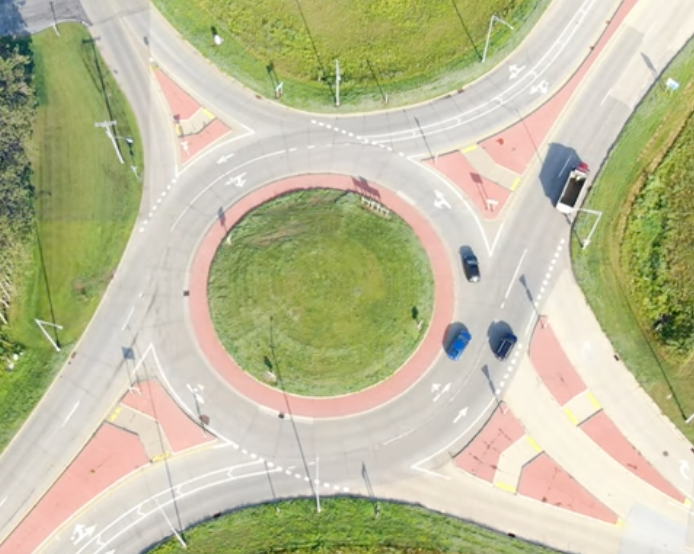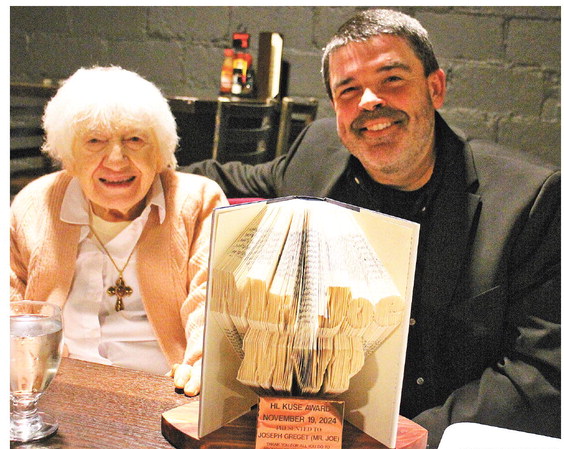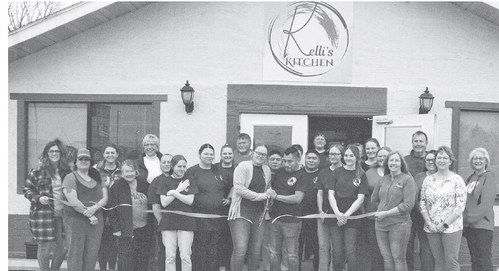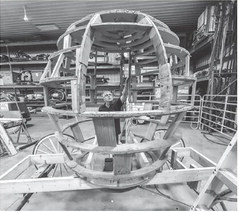Roundabouts help improve traffic flow


Roundabouts have become an efficient and safe way for drivers to travel in Wisconsin. The more than 550 roundabouts across the state, are designed to reduce crashes and help improve traffic flow. To help all users stay safe when traveling, the Wisconsin State Patrol’s February Law of the Month, highlights the rules for roundabouts.
“Crash data proves roundabouts are safer than traditional intersections, because there are fewer right-angle, head-on and left-turn collisions, which can be very dangerous for passengers,” said Wisconsin State Patrol Superintendent Tim Carnahan. “Roundabouts also keep traffic moving smoothly. Drivers must slow down and yield to vehicles to the left, but everyone keeps going. So, you’ll get to places quicker and safer.”
There are more than 36,000 crashes at Wisconsin intersections, every year. Compared to other types of intersection control, roundabouts reduce fatal crashes by about 90 percent, injury crashes by about 75 percent and overall crashes by about 35 percent.
To safely navigate a roundabout, drivers should slow down; yield to all lanes of traffic on the left, before entering the desired lane; yield to traffic already in the roundabout; stay in the lane when traveling through the roundabout, do not change lanes; exit carefully and when approaching the exit, use the right turn signal.
State law requires drivers to yield the right-of-way, and give space to trucks and other large vehicles at a roundabout. This includes trucks towing other vehicles measuring at least 40 feet long or 10 feet wide.
Commercial trucks can weigh up to 80,000 pounds and most large vehicles have an expanded turning radius, so the law is designed to reduce the risk of a crash and keep all drivers safe in roundabouts.
Drivers should always yield to emergency vehicles in a roundabout. If a driver is already in the roundabout when the emergency vehicle approaches, avoid stopping in the roundabout. Exit first, then pull over.
Drivers must share the road with non-drivers in roundabouts. Bicyclists should signal, then merge into the traffic lane to travel through the roundabout. Ride close to the middle of the lane to prevent vehicles from passing and cutting the cycle off. Bicyclists can also use a sidewalk or path, and proceed through the roundabout as a pedestrian.
Pedestrians should cross the street using the designated crosswalks and wait for a safe gap in traffic.




